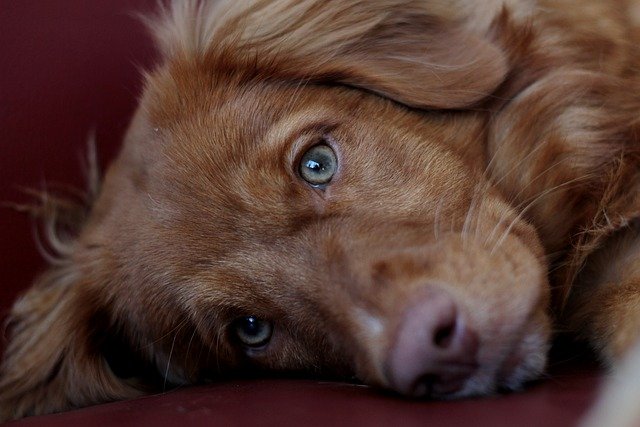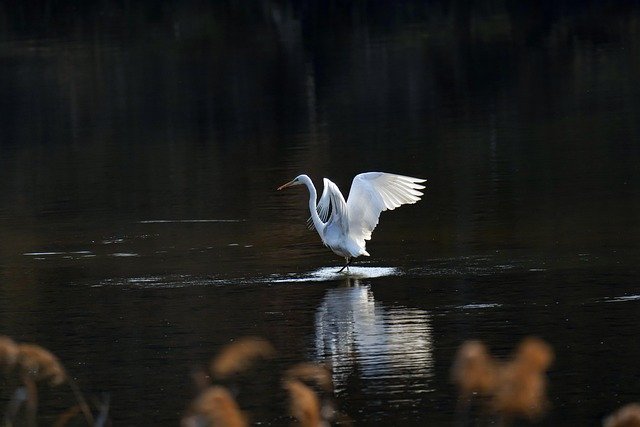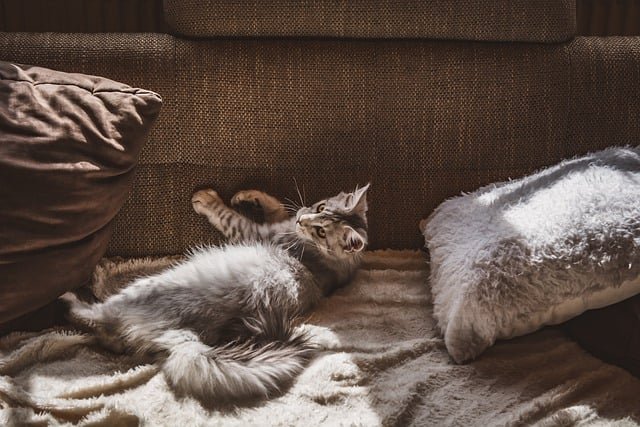The Ultimate Emergency Puppy-Proofing Checklist for Apartments 2025 (Must-Read!)
Estimated reading time: 8 minutes

Key Takeaways
- Apartments pose unique risks for puppies that require special attention
- Many common apartment plants are toxic to puppies
- A comprehensive checklist can help prevent accidents
- Emergency preparedness is crucial for puppy owners
- Proper puppy-proofing creates a safe, happy home environment
Table of Contents
- Why Apartment Puppy-Proofing is Crucial
- Toxic Plants for Puppies: Hidden Dangers
- Essential Steps for Emergency Puppy-Proofing
- Additional Apartment-Specific Safety Tips
- Emergency Preparedness for Puppy Owners
- Frequently Asked Questions
Why Apartment Puppy-Proofing is Crucial
Apartments pose unique risks for puppies. Unlike houses, small spaces mean hazards are closer together. Here’s what to watch for:
- Electrical cords – Puppies love chewing, and exposed wires can cause burns or shocks.
- Small objects – Loose buttons, coins, or toys are choking hazards.
- Open windows/balconies – A fall from even a low height can be deadly.
Being proactive prevents accidents. A well-prepared home keeps your pup safe from apartment pet hazards. For more tips on securing your space, check out our Ultimate Guide to Pet Safety.

Toxic Plants for Puppies: Hidden Dangers in Your Home
Many apartment-friendly plants are toxic to dogs. If your puppy nibbles on the wrong leaf, it could lead to:
- Vomiting
- Lethargy
- Difficulty breathing
Dangerous plants include:
- Lilies
- Pothos (Devil’s Ivy)
- Sago Palm
Safe alternatives:
- Spider plants
- Boston ferns
If your pup eats a toxic plant, call your vet immediately. For a deeper dive into pet-safe greenery, explore our guide to Cat-Safe Houseplants (many apply to dogs too!).
Essential Steps for Emergency Puppy-Proofing (Checklist Format)
Follow this emergency puppy-proofing checklist for apartments 2025 to keep your pup safe:
1. Secure Hazardous Areas
- Use childproof latches on cabinets and trash bins.
- Store chemicals, cleaners, and medications in high or locked cabinets.
2. Remove Choking Risks
- Pick up small toys, rubber bands, and loose wires.
- Keep jewelry, hair ties, and batteries out of reach.
3. Block Unsafe Spaces
- Install pet gates near stairs and balconies.
- Keep bathroom doors closed (toilets can be drowning risks).
4. Electrical Safety
- Cover outlets with safety plugs.
- Bundle and hide cords behind furniture.
5. Flooring & Noise Control
- Add rugs to prevent slipping.
- Use noise-dampening mats for anxious pups.
This new puppy safety guide ensures your home is ready for your furry explorer. For training tips to complement your puppy-proofing, read How to Train a Puppy.

Additional Apartment-Specific Safety Tips
Living in an apartment means extra precautions:
- Supervise constantly – Small spaces mean less room for mistakes.
- Choose pet-safe flooring – Avoid slippery surfaces that can cause injuries.
- Dampen loud noises – Puppies get stressed by hallway sounds.
These steps help minimize apartment pet hazards. For more on managing puppy anxiety, see Pet Mental Health Guide.
Emergency Preparedness for Puppy Owners
Accidents happen. Be ready with:
- A pet first-aid kit (bandages, antiseptic, tweezers).
- 24/7 vet contacts saved in your phone.
- Knowledge of distress signs (vomiting, trouble breathing).
This is a key part of any new puppy safety guide. For detailed first-aid steps, bookmark our Pet First Aid Guide.
Frequently Asked Questions
- What are the most common apartment hazards for puppies?
- How do I puppy-proof my apartment balcony?
- What should I do if my puppy eats something toxic?
What are the most common apartment hazards for puppies?
The top dangers include electrical cords, small objects that can be swallowed, open windows/balconies, and toxic plants. Always supervise your puppy closely in apartment settings.
How do I puppy-proof my apartment balcony?
Install secure barriers or pet gates, remove any climbable furniture, and ensure gaps in railings are too small for your puppy to squeeze through. Never leave your puppy unattended on a balcony.
What should I do if my puppy eats something toxic?
Contact your vet or pet poison control immediately. Have the substance or plant information ready, and don’t induce vomiting unless instructed by a professional.
Sources:
